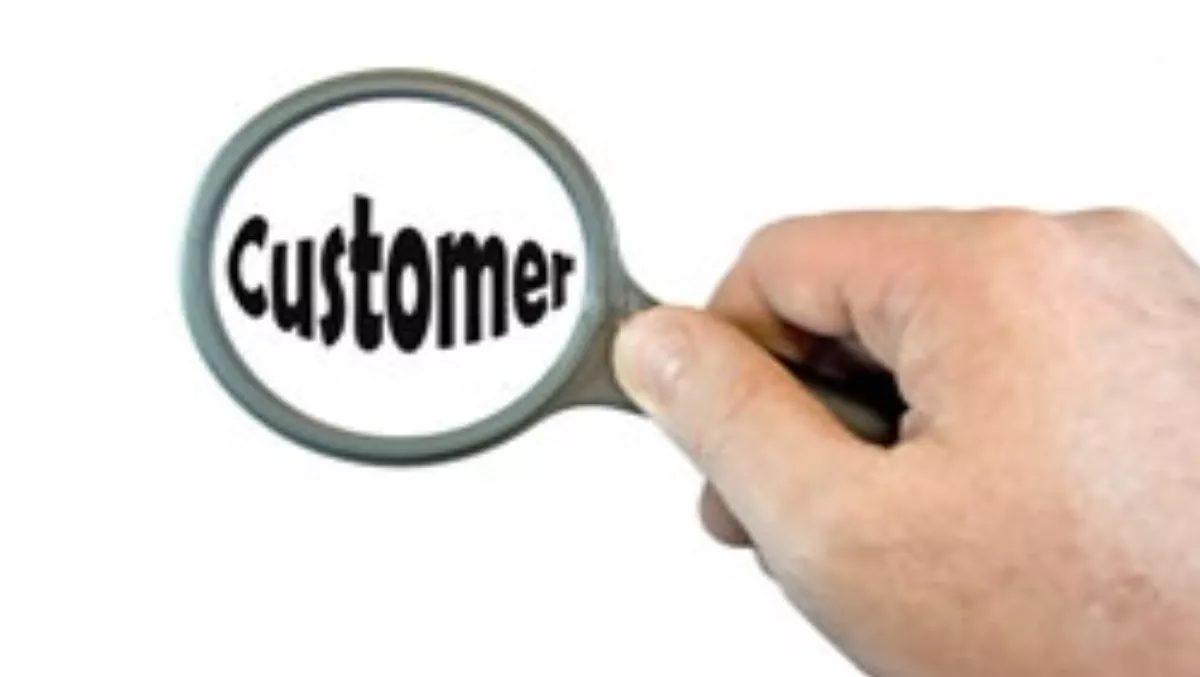Have you calculated the return on investment that your website is generating? Ensuring your content is appropriate and relevant, and helps people to take action with your organisation, will enable you to grow your business and generate increased profits. Gone are the days of websites being a simple online brochure. Rather, you need to evaluate your website in the context of your clients, to ensure that you communicate with the appropriate text, pictures, downloads, video, data and forms. If your content isn’t relevant to your customers, you risk losing, boring or alienating them, and preventing them from wanting to do business with you.Consider instead stepping into your customers’ shoes – how do they think, what problems do they have, what words do they use, and most importantly: what do they need? If your customers find your website content irrelevant, too complicated or lacking in value, they will move on.What is effective website content?Both prospective and existing customers need to be able to understand your website content and easily find what they are looking for. Consider the needs of your prospective customers. They are seeking content that helps them understand who you are, your expertise and reputation, and they are also looking for confidence in your products and services. In order to appeal to these prospects, consider including content (as appropriate to your industry or business) such as:
- Your company background, including experience and specialties. Try to keep your company history brief – what matters is that you have the experience and knowledge
- Testimonials from satisfied clients – this form of ‘social proofing’ is hugely valuable and a ‘must-have’ to demonstrate your competency
- Case studies – use these to demonstrate how you have solved specific problems for some clients, and the results you achieved
- Secure payment pages – this is appropriate if you offer online shopping or payments. Consider adding icons or logos promoting the security you offer
- Frequently asked questions (FAQs) which address common inquiries
- Glossary to help prospects understand any technical jargon
- Contact details that are easy to find – encourage communication through the most appropriate method for your industry or business (eg: mobile, phone, email, etc)
- A ‘short summary’ PDF of your business for visitors to print and take away.
- News related to your industry or your offerings
- Articles of value – ensure they are appropriate to your clients, and keep them continually updated to be current, accurate and appealing
- Options and opportunities to upgrade products/ services
- Current promotions or special offers
- Utilising email marketing which pushes readers back to your website
- New products/services of interest.
- Using forms for people to reply or request information, instead of simply listing your email address. Having fields for people to fill in makes the process quick and easy, and also ensures they provide you with the information you require
- Videos for demonstrations, training resources, testimonials from your clients, etc. So easy now with YouTube
- Use compelling images throughout your site. There are some free image libraries available if you Search Google, or consider low-cost professional images (from as little as $5 or $10 each) from sites such as www.istockphoto.com or www.dreamstime.com
- Use clear calls-to-action throughout your site. On every single page, there should be buttons or directions telling people what else is on your site, or what they should do next.
